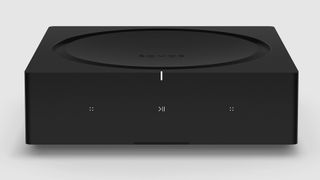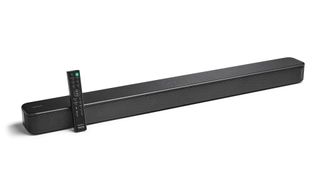Reviews
Explore Reviews
Latest reviews
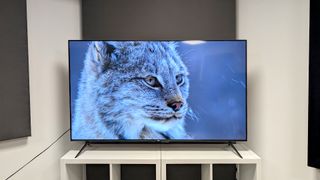
Amazon Fire TV Omni Mini-LED (ML65F700)
By Alastair Stevenson published
The Amazon Fire TV Omni Mini-LED is the firm’s most premium TV to date, but can it compete with its Samsung, Hisense and TCL rivals?
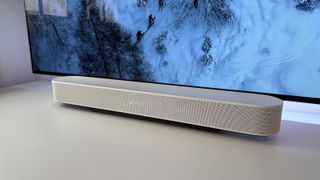
Sonos Beam (Gen 2)
By What Hi-Fi? last updated
Updated Can the second-generation Sonos Beam succeed where others have failed and deliver immersive audio from a compact unit?
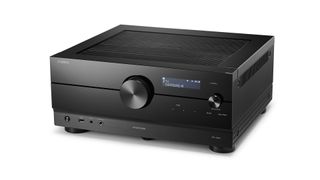
Yamaha RX-A6A
By What Hi-Fi? last updated
Updated Yamaha’s RX-A6A upstages the competition with its spec and its sound.
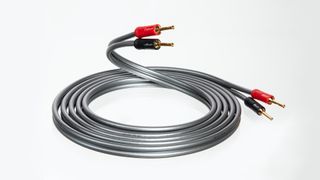
QED Reference XT40i
By What Hi-Fi? last updated
Updated QED’s Reference XT40i is a reasonably priced cable that will help your system sound as clean as possible.

ProAc Response DT8
By What Hi-Fi? last updated
Updated These musical towers deliver a sparkling performance and are are some of the best floorstanders we've heard at this price.
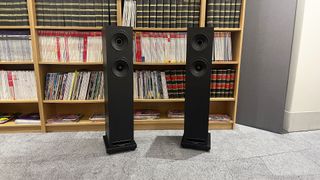
Fyne Audio F501E
By Ketan Bharadia published
Fyne’s new F501E entry-level floorstanders focus on engineering and performance with terrific results.
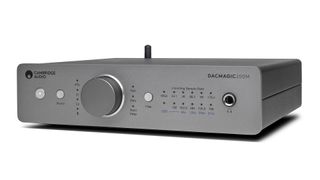
Cambridge Audio DacMagic 200M
By What Hi-Fi? last updated
Updated Cambridge’s top-of-the-line DAC is a superb performer with plenty of features.
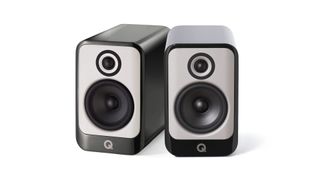
Q Acoustics Concept 30
By What Hi-Fi? last updated
Updated Q Acoustics packs flagship technology into more accessible standmounters, and to mostly good effect
Get the What Hi-Fi? Newsletter
The latest hi-fi, home cinema and tech news, reviews, buying advice and deals, direct to your inbox.
